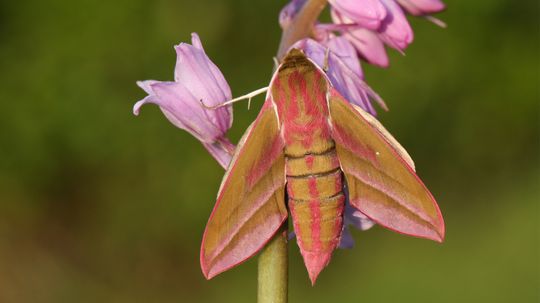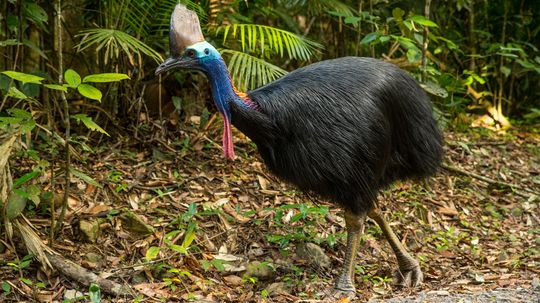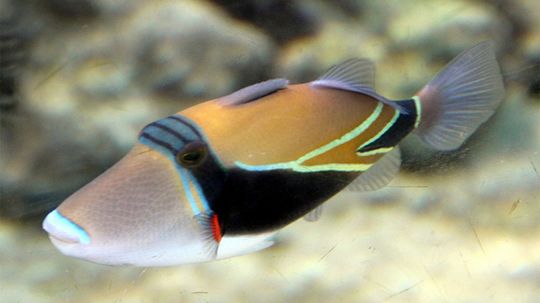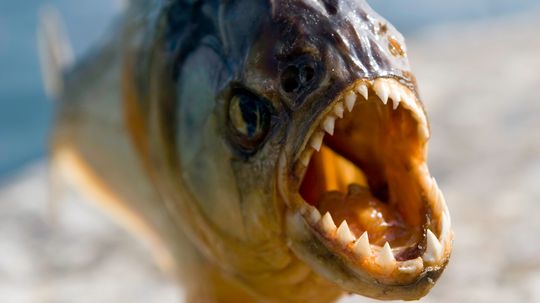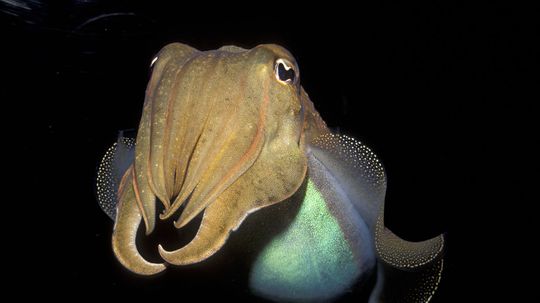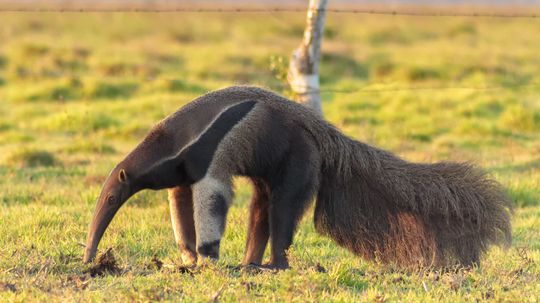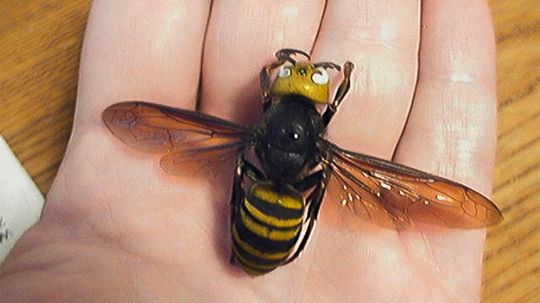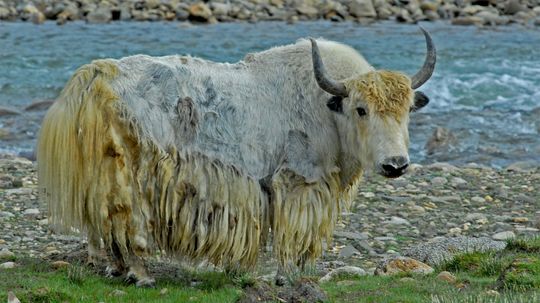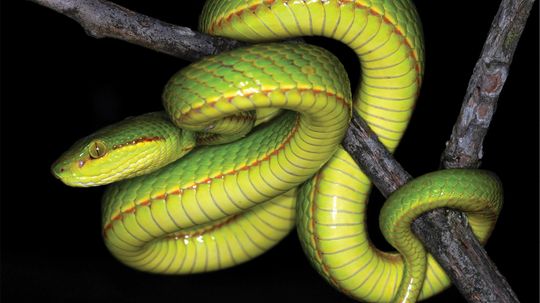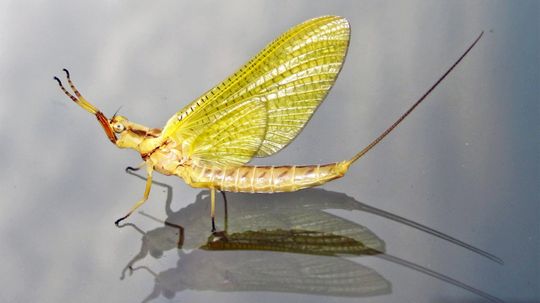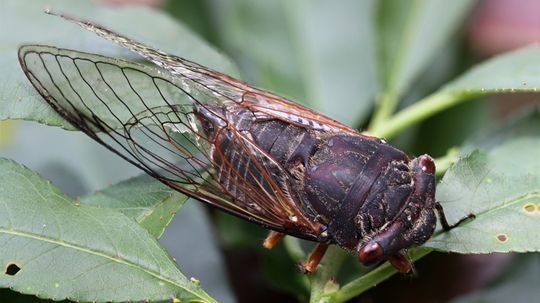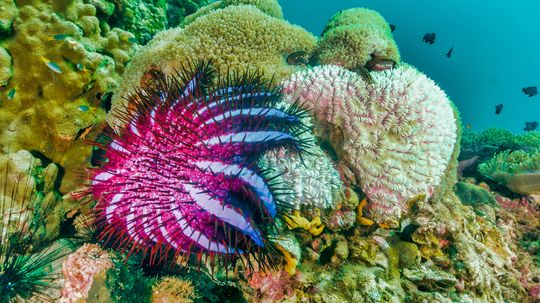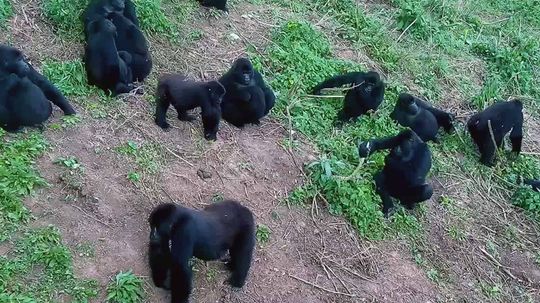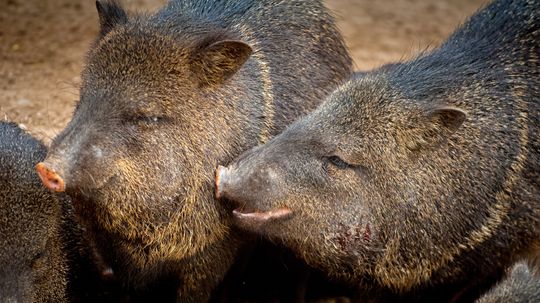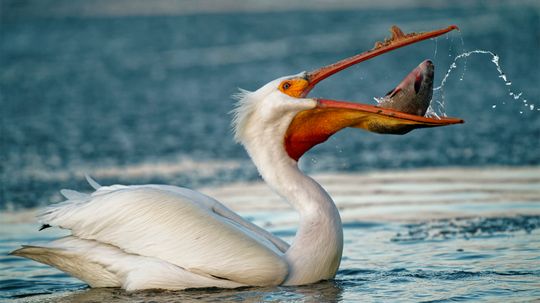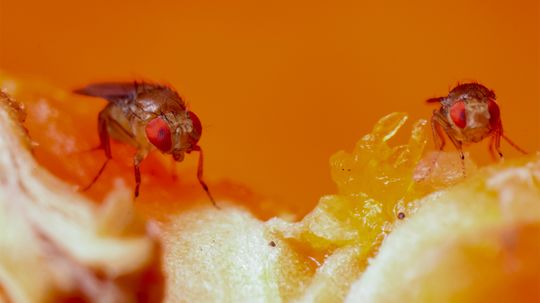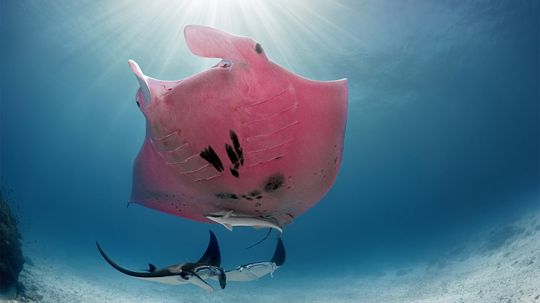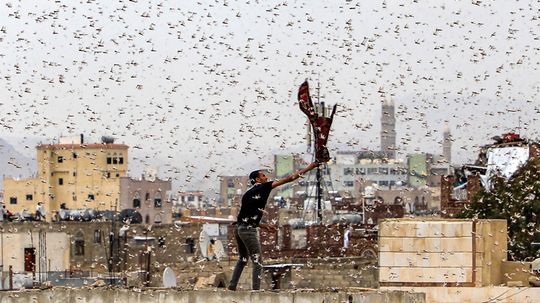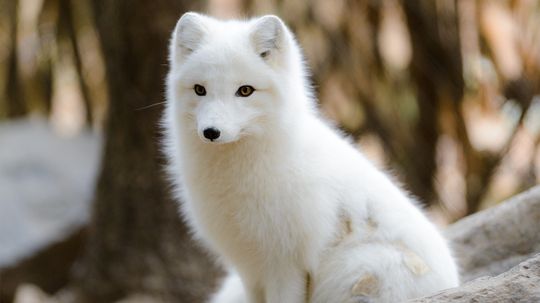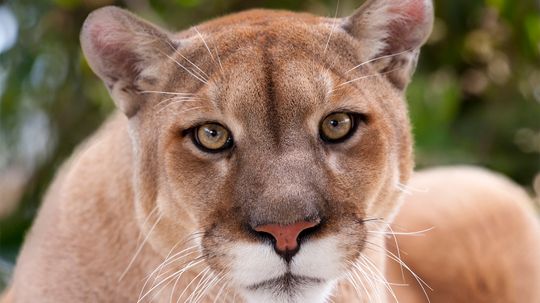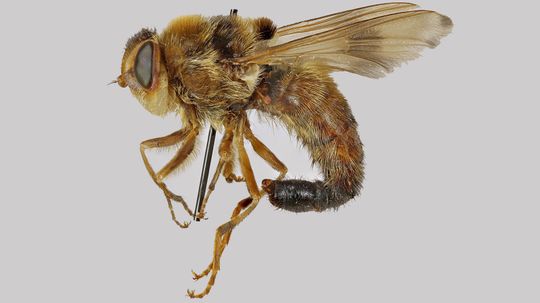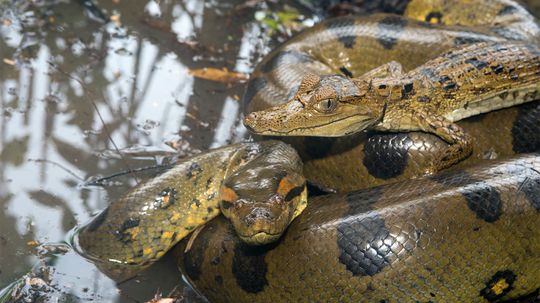Wild Animals
Whether they crawl, fly, swim, slither, walk, run or pounce, wild animals rely on their instincts. Read about all kinds of wild animals, mammals, birds, fish, insects, reptiles and amphibians.
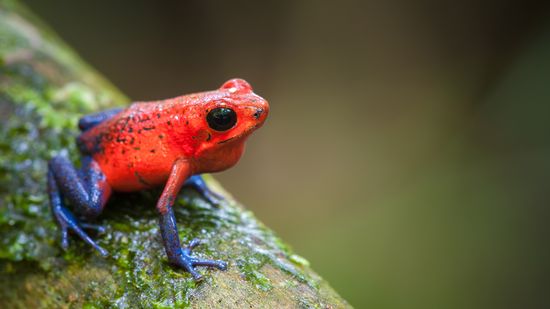
12 Colorful Frog Species: From Tie-dyed Designs to Rare Hues
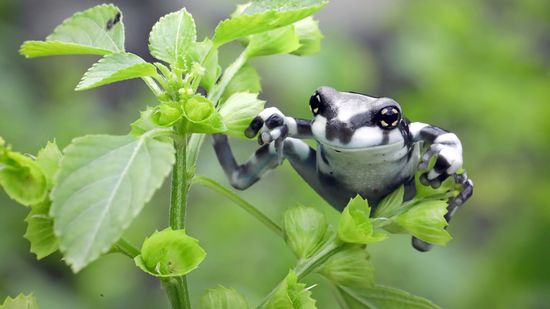
Amazon Milk Frog: Named for Its Defense, Not Its Color

The Red-eyed Tree Frog Has Extremely Sensitive Skin

10 Red Butterfly Species Found From India to Florida to Europe
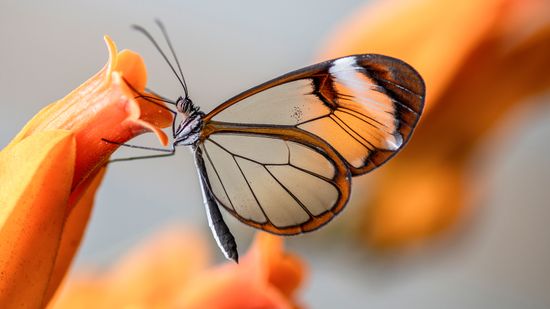
How the Glasswing Butterfly Flutters (Almost) Invisibly
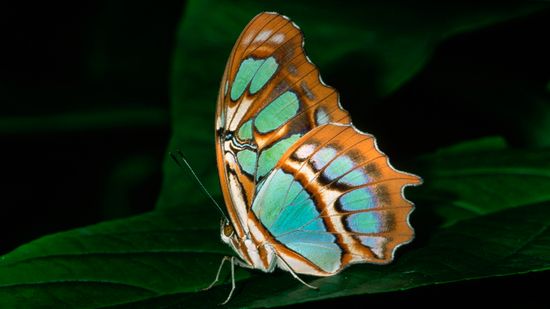
6 Green Butterfly Species Blending in With Their Environments
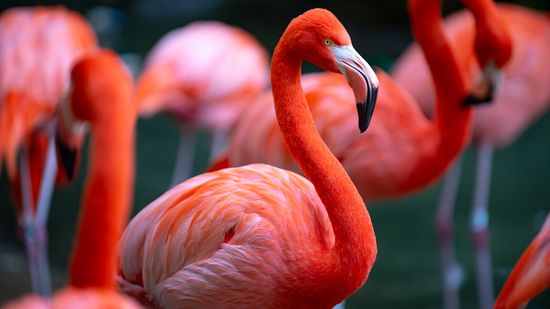
What Is a Group of Flamingos Called? Not a Flock, Another 'F' Word
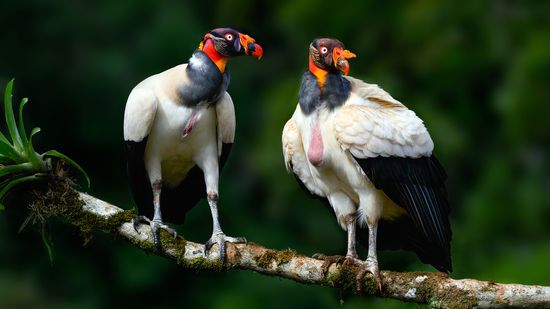
7 Ugliest Bird Species: Evolutionary Qualities That Aren't So Pretty

What's a Group of Ravens Called? Not a Murder (That's Crows)
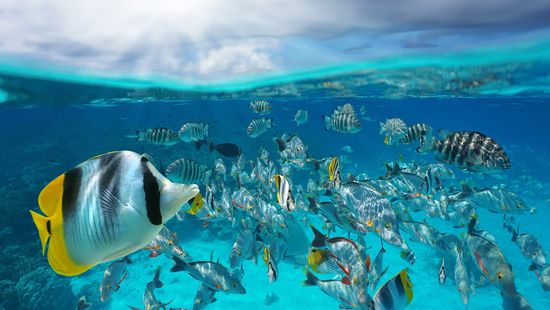
What Is a Group of Fish Called? Not Always a School
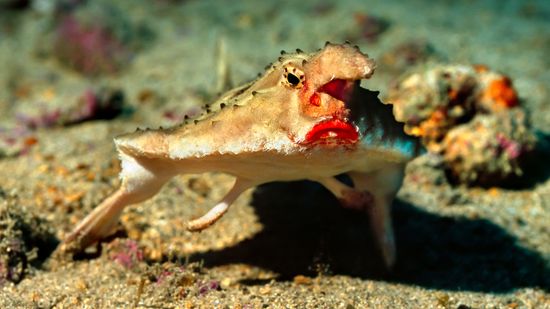
10 Weirdest Fish in the World: Batfish, Hairy Frogfish, and More

10 Scariest Fish Lurking in Rivers, Deep Ocean Waters, and Shells
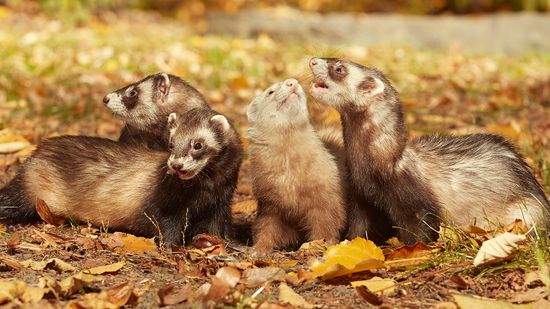
What Is a Group of Ferrets Called? You're Such a Busybody
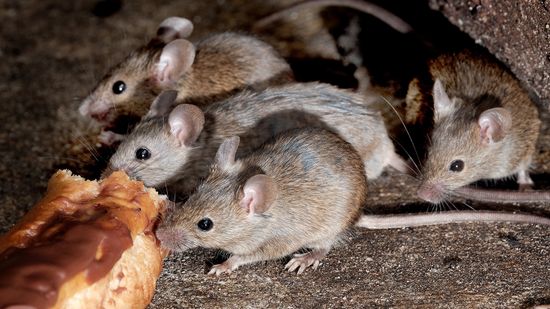
What Is a Group of Mice Called? Not Always a Colony
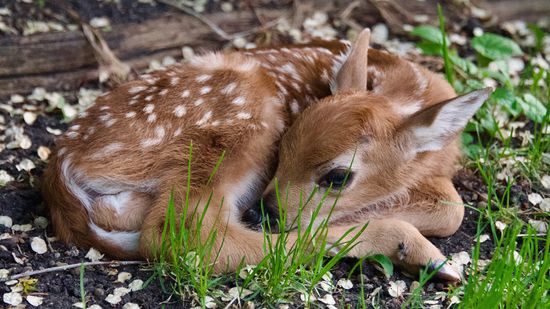
What Is a Baby Deer Called? (Aside From Adorable)
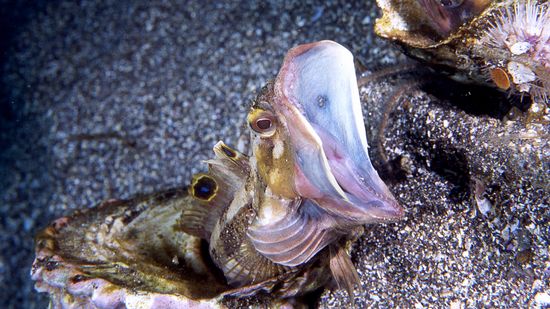
10 of the Scariest Sea Creatures Lurking in the Ocean's Depths
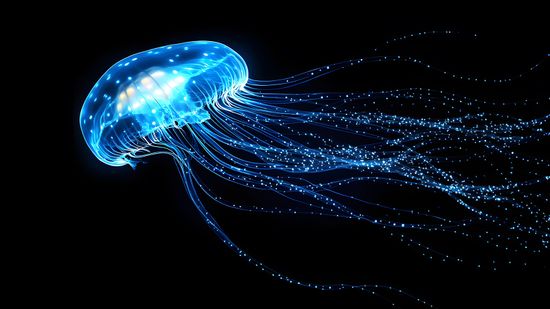
How Bioluminescent Jellyfish Get Their Signature Glow

White Spotted Jellyfish: Cute Until They Become Invasive
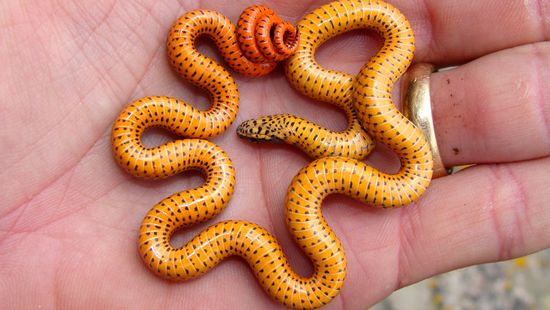
10 Cutest Snake Species That Have Us Squeeing

10 Colorful Lizards to Delight Reptile Lovers
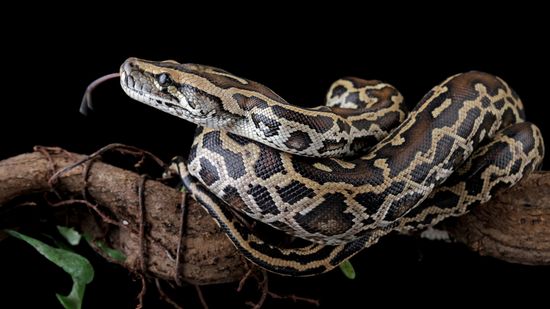
Python vs. Anaconda: Comparing Snakes and Software Languages
Learn More / Page 23
The elephant hawk moth is breathtakingly beautiful as an adult, but as a baby ... not so much.
Born pregnant? You bet. It's a survival instinct but could also explain how these garden pests spread like wildfire.
By Mark Mancini
This exotic bird could seriously injure or kill a person or a dog in an instant with its deadly claws.
By Wendy Bowman & Marie Look
Advertisement
Humuhumunukunukuapua'a, the colorful little fish with the craaaaazy long name, is Hawaii's state fish, but it wasn't always.
Piranhas are some of the most feared fish in the world, but is their reputation for ferocity a bit overblown?
A master of camouflage, the cuttlefish can count, gender-bend and use a hidden weapon to outsmart its enemies.
By Alia Hoyt
The anteater has one of the strangest-looking noses in the animal kingdom, a truly fabulous hairdo and a tongue that reaches places never meant to see the light of day.
By Wendy Bowman
Advertisement
The deadly Asian giant hornet, the largest hornet in the world, was spotted in the U.S. for the first time in late 2019. You'll want to stay far away from this creature. Its nickname? The "murder hornet."
While yaks share the bovine family tree with cows, they're a different species altogether. And, unlike cow dung, yak poop doesn't stink.
By Katie Carman
A new species of green pit viper found in India has been named after the founder of Harry Potter's Slytherin house.
Mayflies have the shortest adult life span of any animal, but swarms of them can still be seen on weather radar.
Advertisement
Some cicadas are annual breeders and some show up loudly about every 17 years, but all cicadas produce a "song" that can reach 120 decibels - very close to a level that can damage human ear drums.
What lives in water, has no gills, scales or fins and is not a fish? Yep, a starfish - which is why marine biologists have renamed these creatures sea stars.
By Mitch Ryan
Wondering what's going on in the animal world while you're all cooped up under quarantine? Check out these webcams and get a virtual glimpse into how the animals live.
Known in some circles as a 'musk hog' or 'skunk pig,' the javelina's good looks may be in the eye of the beholder, but there's a lot more to this beauty than meets the eye.
By Wendy Bowman
Advertisement
When a half-full plate of dinner sits before you and your overstuffed tummy, have you ever been told your eyes are too big for your stomach? The pelican's got a similar problem.
Work by volunteers and nonprofit organizations, such as butterfly waystations and increased education efforts, has turned around long-term population decline for some butterfly species.
They both have prehistoric looking shells and squatty legs, but how are they different?
Fruit flies are annoying, but we also owe them a huge debt of scientific gratitude.
Advertisement
A bright pink manta ray named Inspector Clouseau is causing a splash on the runway of the Great Barrier Reef.
Locusts are just mild-mannered grasshoppers until they swarm up and become monstrous. In parts of the world, locust plagues are becoming a way of life.
The arctic fox is able to thrive in temperatures as low as -58 degrees F (-50 degrees C), largely because it has fur on the soles of its feet and the warmest coat of any animal on Earth.
By Wendy Bowman
Puma, panther, mountain cat, mountain lion, mountain screamer, painter, catamount and, yes, cougar. This cat has a lot of names!
By Wendy Bowman
Advertisement
If you've never seen a botfly, it looks rather harmless - like a basic bumblebee even. Until it lays its eggs inside a living host, and that's when things get really gross.
By Mark Mancini
The green anaconda is the largest of the anaconda species, which makes it arguably the biggest snake in the world.
By Mark Mancini
